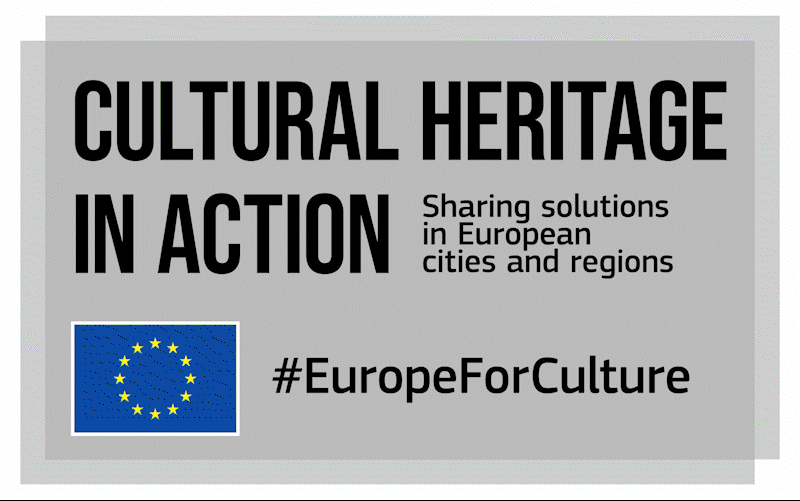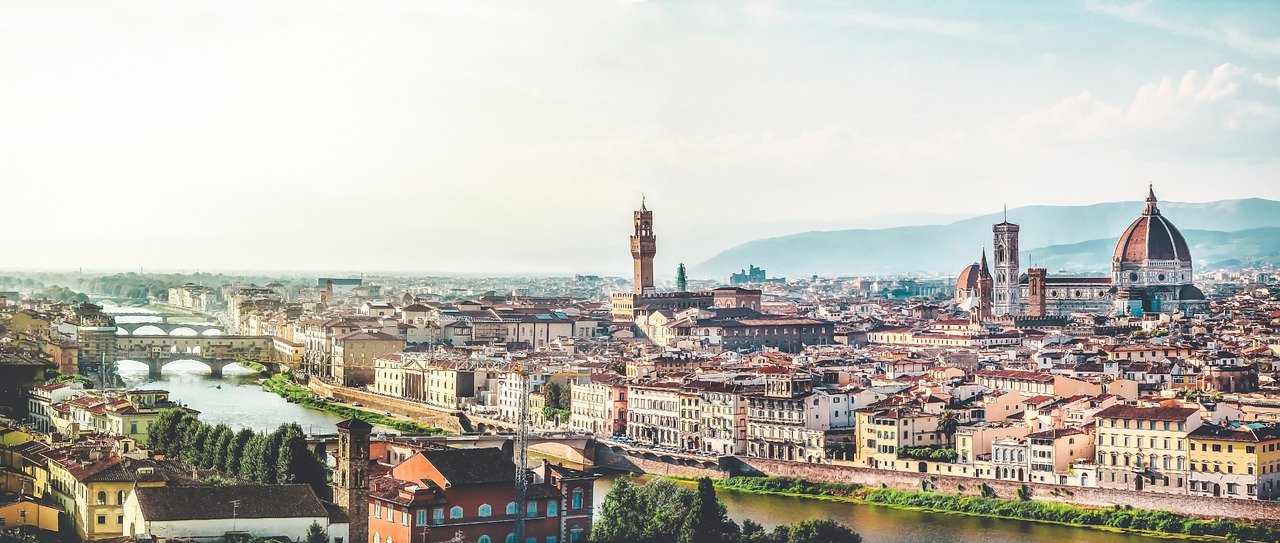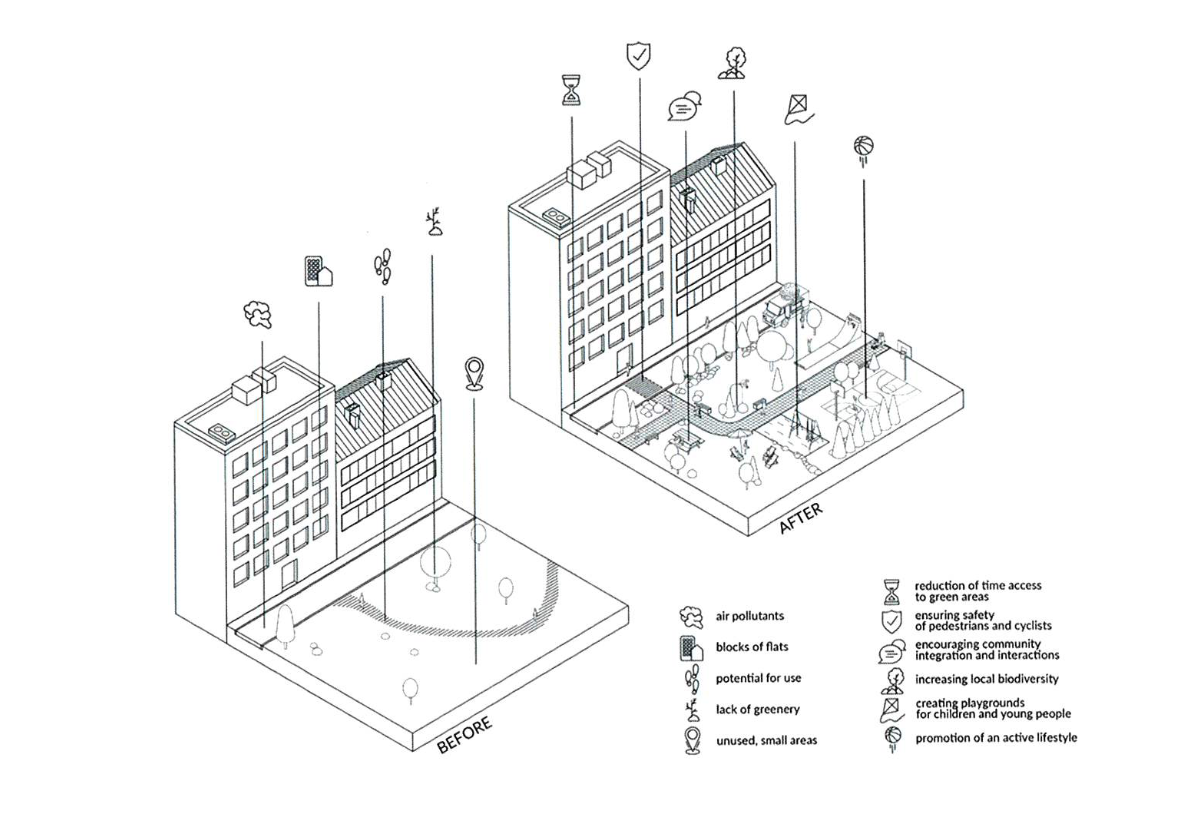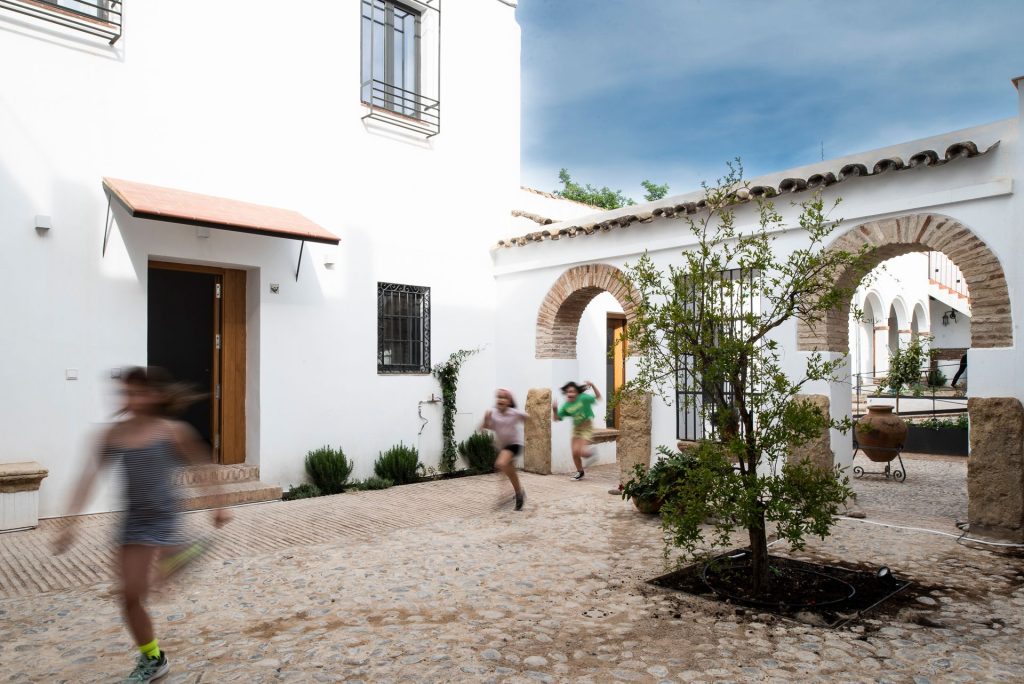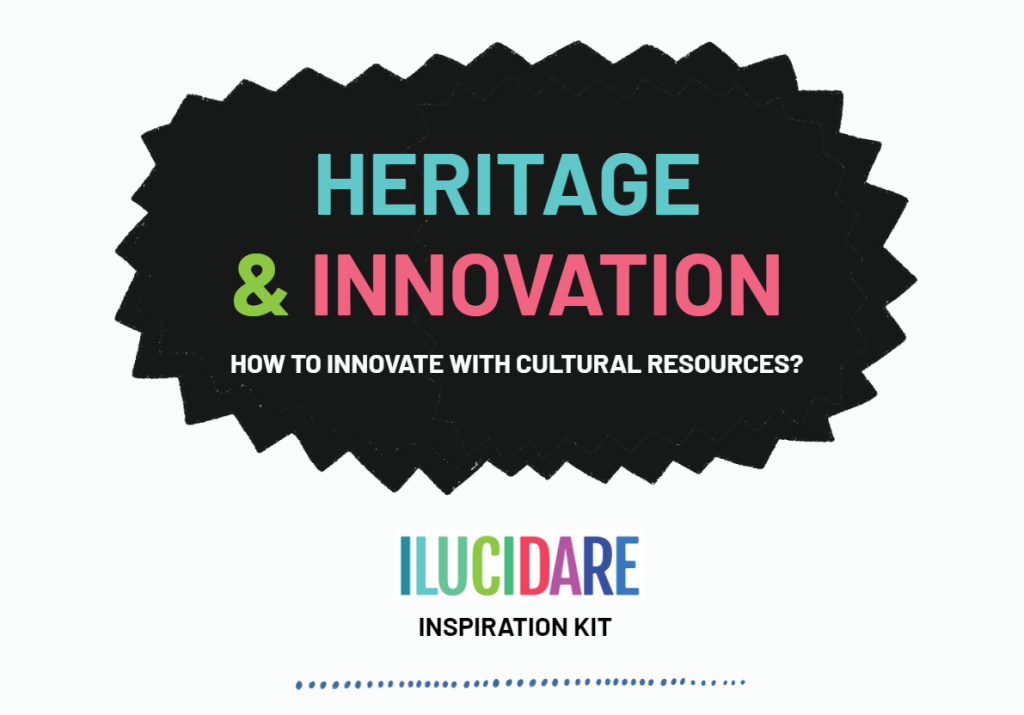It is not news that a worldwide pandemic recently created unexpected effects in many cities around Europe, but cities, where culture and heritage have a prominent place, proved quite resilient in adapting to new realities and making the most of them.
In Florence, the municipality worked on a new mobile phone application called Feel Florence to better regulate touristic flows while making residents and visitors alike discover hidden treasures in the city.
In Krakow, the pandemic gave the Municipal Greenspace Authority the confidence that their pocket park initiatives – intimate green areas located in local neighbourhoods’ forgotten spaces – was going in the right direction: the need for more green spaces has never been so accurate for (mental) health reasons and for the climate and biodiversity of the entire city.
Finally, the small city of Bakar in Croatia used the unpredictability of the pandemic and its negative impact on tourism to build an educational and community-based project. Working with schools and with blind and visually impaired people, they created a self-guided tour in the shape of a book, telling the story of the city through the senses of a blind water carrier living in 19th century Bakar.
These three stories are part of a new selection of good practices put together in the framework of Cultural Heritage in Action. A total of 7 good practices will soon be published and will enrich an already existing catalogue of 32 good practices on cultural heritage in European cities and regions. These new good practices will focus on Recovery and resilience through cultural heritage in a post-pandemic world; Cultural heritage for local sustainable development; and Governance and financing new roles for local and regional authorities.
The call for good practices remains open, you have until April 2022 to share your own! More information here.
